#pangolin
Text

MEET PANGLAZE! hes a little gentleman 😁
80 notes
·
View notes
Text
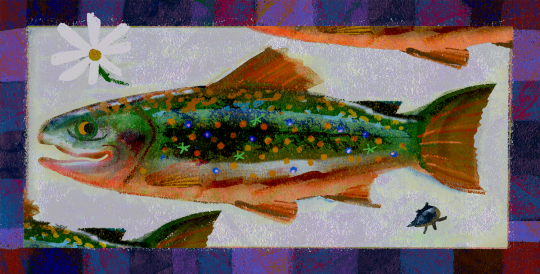


lil paintings
24K notes
·
View notes
Text

Ground Pangolin (Smutsia temminckii), family Manidae, order Pholidota, Gorongosa National Park, Mozambique
Vulnerable, due to habitat destruction and overhunting/harvesting for meat.
Feed on ants and termites.
The order Pholidota contains only pangolins.
photograph by Piotr Naskrecki
917 notes
·
View notes
Photo
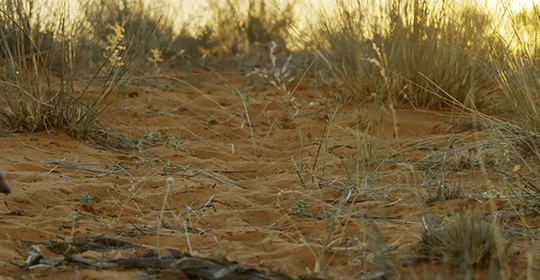
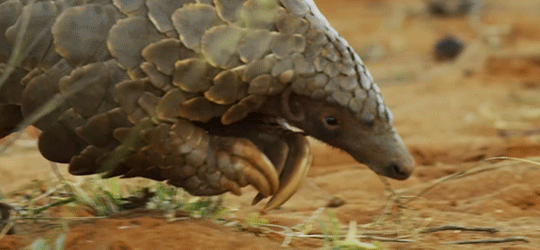
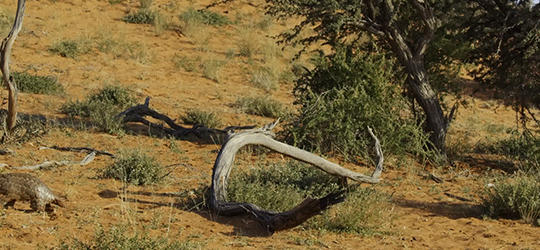

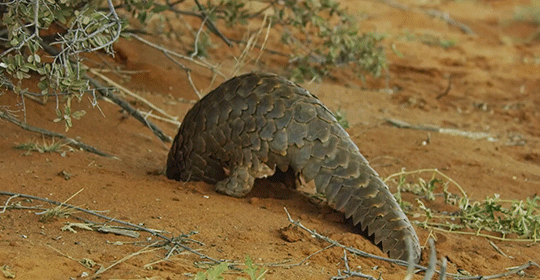
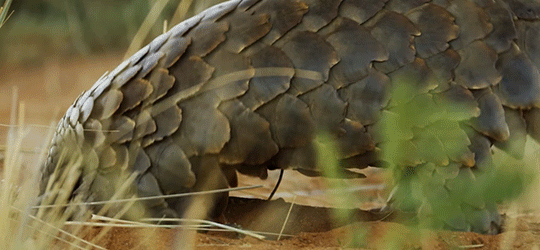

A keen sense of smell enables the pangolin to detect the presence of ants and termites in their nests beneath the sand. Her sticky tongue, some 30cm long, enables her to collect them from deep underground.
David Attenborough | BBC Earth
3K notes
·
View notes
Photo
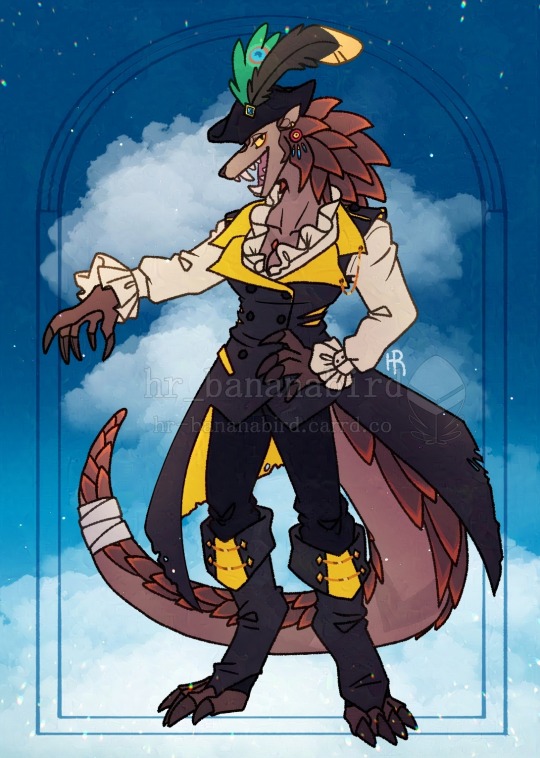
Commission for BrodyMoonie!
520 notes
·
View notes
Text
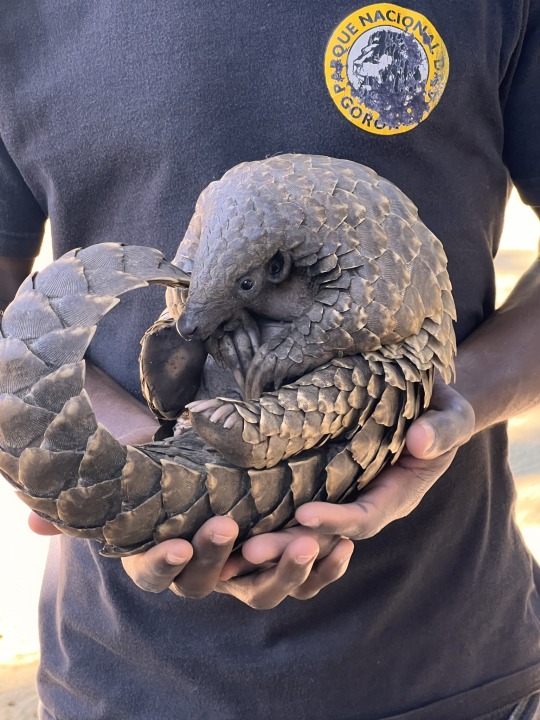
What’s up? Not the ground pangolin (Smutsia temminckii). To spot this critter, look down! This armored mammal spends most of its time on the floor of its habitat, creating burrows beneath the surface to snooze in during the day. Under the cover of darkness, it emerges to forage for insects like ants and termites. It uses its long tongue to slurp up prey whole. When threatened, it can roll up into a ball, protecting its soft body from predators. Its keratinized scales act as a built-in suit of armor. This species can be found in parts of Africa including Kenya, Tanzania, and South Africa.
Photo: geogirll, CC BY-NC 4.0, iNaturalist
#nature#science#natural history#cute animals#animal kingdom#animal facts#pangolin#did you know#fact of the day#cool animals#animals
1K notes
·
View notes
Text

#pangolins#pangolin#tumblr memes#meme#memes#animal memes#animal meme#animal humor#funny animals#best memes#funny memes#dank memes#dank humor#dank#dankest memes#lol memes#memesdaily#funny stuff#funny#spreading awareness
666 notes
·
View notes
Text

An African white-bellied tree pangolin baby hitches a ride on its mother at Pangolin Conservation, a nonprofit organization in St. Augustine, Florida. The mammals are illegally killed for bush meat and their scales, which are claimed to have medical value.
This photo was originally published in “Documenting the World’s Animals, One Picture at a Time," in April 2016.
PHOTOGRAPH BY JOEL SARTORE, NATIONAL GEOGRAPHIC PHOTO ARK
#joel sartore#photographer#national geographic#african white-bellied tree pangolin#pangolin#animal#mammal#wildlife#pangolin conservation#st augustine#florida#nature
337 notes
·
View notes
Text
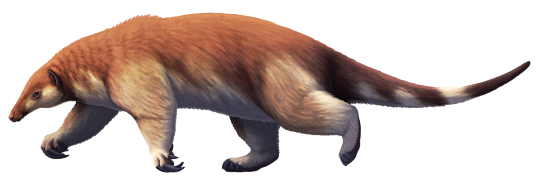
Eurotamandua joresi lived during the mid-Eocene, about 47 million years ago, in the lush subtropical forests that covered what is now central Germany.
When it was first described in the early 1980s it was classified as an anteater due to its close resemblance to some modern species… but there were big problems with this interpretation. Anteaters have a sparse fossil record, but they're known to have originated during the early Eocene in the isolated island continent of South America – so Eurotamandua's ancestors making it all the way to Europe within just a few million years would be pretty remarkable!
Also, on closer inspection it didn't have the distinctive skeletal features of a xenarthran mammal, suggesting it wasn't an anteater after all.
Instead more recent studies have identified it as a close relative of pangolins, part of an early branch of the group that didn't have the characteristic large scales.
About 90cm long (~3'), Eurotamandua would have a lifestyle much like the anteaters it convergently resembled, using its large claws to rip open ant nests and a long sticky tongue to feed.
———
NixIllustration.com | Tumblr | Patreon
376 notes
·
View notes
Text
#good news#environmentalism#science#nature#kenya#africa#pangolin#giant pangolins#endangered animals#endangered species#environment#animals#conservation
377 notes
·
View notes
Text
371 notes
·
View notes
Text

Commission for @/AntlerStubs on twitter
#art#digital art#furry#digital illustration#furry art#character design#punk furry#furries#furry fandom#furry community#furry anthro#furry commissions#sfw furry#punk#furry hybrid#pangolin#avian#raptor#furrydrawing
1K notes
·
View notes
Text
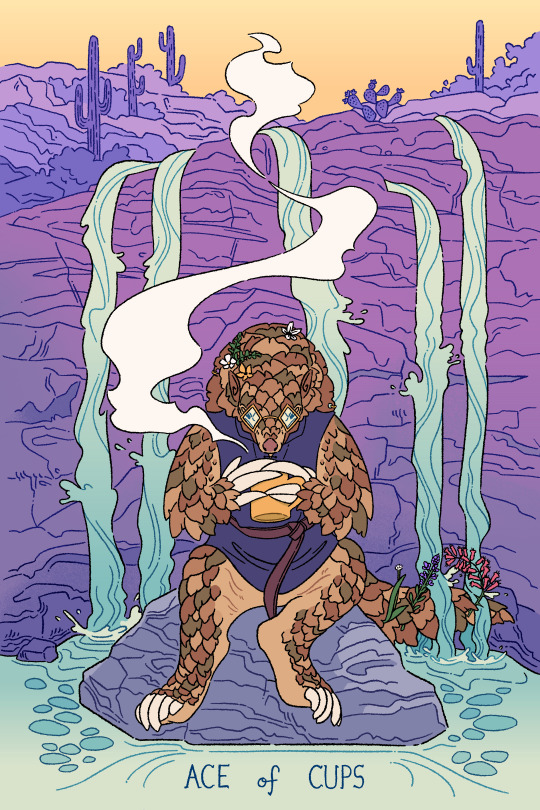
A commission for Rax over on cohost!
carrd / patreon
186 notes
·
View notes
Text

day out with the local dragon
#anthro art#digital art#drawing#furry art#furry#furry drawing#fursona#my art#fluffy dragon#dragon#pangolin
1K notes
·
View notes
Text

Pangolin witch
my links
#my art#pangolin#pangolin art#pangolin figurine#ceramic pangolin#witch hat#witchcore#witchcraft#witchblr#witches#witch#witchy vibes#witchy#witch art#witch aesthetic#devination#magic ball
177 notes
·
View notes
Photo

Commission for Balefire!
770 notes
·
View notes